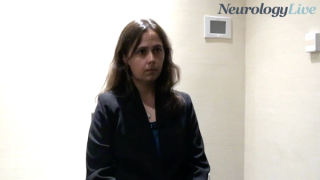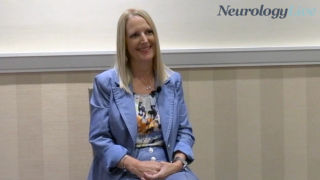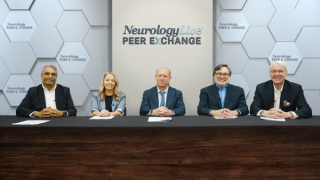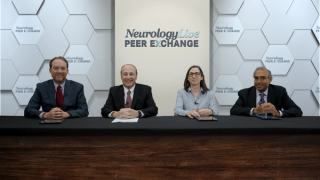
Parkinson Disease
Latest News

Latest Videos

CME Content
More News

The chief scientific officer at Quanterix gave a clinical overview on how the company’s Simoa platform enables ultrasensitive detection of neurodegeneration biomarkers in blood, transforming Alzheimer and Parkinson disease research. [WATCH TIME: 3 minutes]

MeiraGTx's AAV-GAD gene therapy receives FDA RMAT designation, promising innovative treatment for Parkinson's disease through targeted brain infusion.
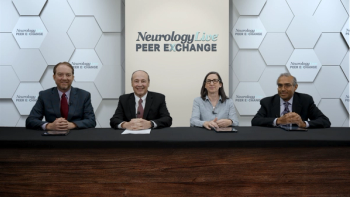
Panelists discuss how patients have experienced continuous subcutaneous infusion therapy from the perspective of medical professionals.

Panelists discuss how phase 3 clinical trials demonstrated the efficacy, safety, and quality of life improvements associated with continuous subcutaneous foscarbidopa/foslevodopa in both short-term and long-term studies.

Early findings from the ASPIRO trial showed ANPD001 was safe, well-tolerated, and led to marked improvements in motor symptoms and daily functioning.

STN-FUS provided more sustained tremor reduction, improved bradykinesia, and had a higher responder rate at 12 months, though both treatments showed comparable reductions in rigidity and motor scores.
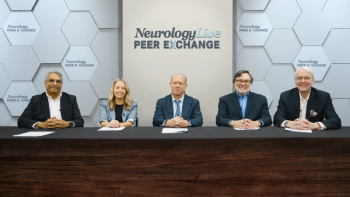
Panelists discuss how adjunctive therapies play a crucial role in managing Parkinson disease symptoms, with a particular focus on apomorphine’s unique position in the treatment landscape due to its distinct dopamine receptor binding profile compared with other dopaminergic agents.

Panelists discuss how physicians typically consider advanced Parkinson disease treatments when conventional therapies fail to adequately control motor fluctuations, highlighting challenges such as adverse effects, device-related complications, and patient selection criteria.
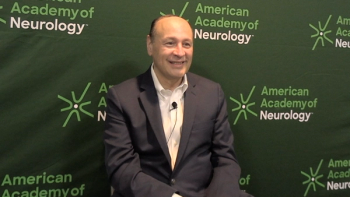
Pagan offered advice on how clinicians can effectively discuss treatment and care plans with patients, especially as new treatments continue to emerge.
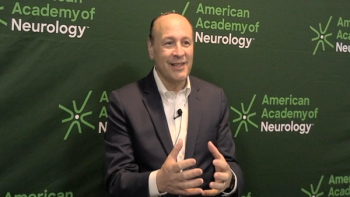
Pagan discussed unexpected findings from the InfusON study patient interviews that could influence how neurologists introduce CSAI therapy and how these insights, along with the latest data on MAO-B inhibitors, could shape future treatment combinations for Parkinson disease.

A physician assistant specializing in Parkinson disease talked about how emerging technologies and proactive care models could transform the treatment landscape for Parkinson disease. [WATCH TIME: 4 minutes]

In this segment, Pagan discussed the benefits of using AI in research and clinical practice, while also highlighting key considerations and cautions for clinicians.

Panelists discuss how continuous subcutaneous delivery systems benefit patients compared to standard care, with focus on foscarbidopa/foslevodopa as the first FDA-approved 24-hour infusion treatment for Parkinson motor symptoms.

In this segment, Pagan shared strategies to enhance patient adherence and comfort with long-term CSAI use, and offered his perspective on the evolving role of CSAI in managing complex motor fluctuations in Parkinson disease.

Panelists discuss how pharmacokinetic challenges with oral levodopa formulations have led to the development of levodopa-based continuous subcutaneous infusion therapy as a less invasive and more personalized approach.
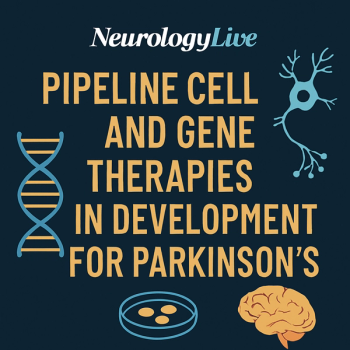
Explore the latest advancements in cell and gene therapies for Parkinson disease, featuring cutting-edge treatments and clinical trial updates from top innovators in the field.
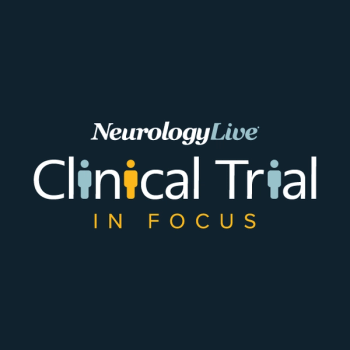
The REGENERATE-PD trial is a phase 2 study assessing the safety and efficacy of the investigational gene therapy AB-1005 in patients with moderate-stage Parkinson disease.

Panelists discuss how physicians approach conversations about off time with patients with Parkinson disease, balancing clinical assessment with patient education and shared decision-making.

Panelists discuss how understanding and communication of off episodes for patients with Parkinson disease varies widely in clinical settings, often hindering optimal symptom management.

The chief scientific officer of the Parkinson’s Foundation talked about how broad genetic testing through PD GENEration is uncovering valuable prognostic and diagnostic insights in Parkinson disease. [WATCH TIME: 4 minutes]

Pooled analysis from KINECT-3 and KINECT-4 confirms valbenazine’s long-term safety and efficacy in managing tardive dyskinesia in elderly patients.

Pagan offered advice to early-career neurologists on how to stay current in the rapidly evolving field, emphasizing the importance of attending meetings and continuing education.

Pagan talked about discussed pharmacokinetic-pharmacodynamic data supporting the use of amantadine ER for dyskinesia in Parkinson disease and compared the safety profiles of rasagiline and safinamide to guide add-on therapy decisions.

Phase 2 Findings Support Further Development of 5-HT1A Receptor Agonist NLX-112 in Parkinson Disease
NLX-112 demonstrated safety and potential efficacy in reducing levodopa-induced dyskinesia and improving motor symptoms in Parkinson disease, with additional benefits seen in patients also receiving stable amantadine.

Panelists discuss how limitations persist with current long-term treatment standards for Parkinson disease despite advancements in treatment options.




